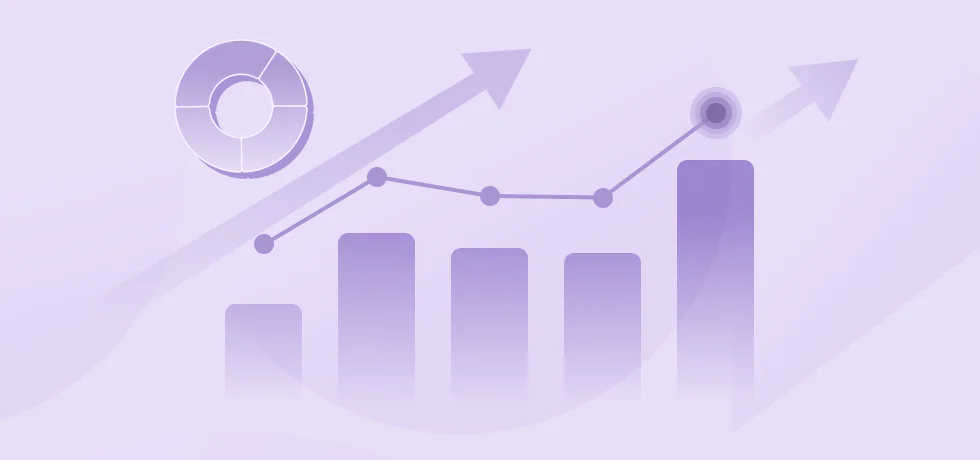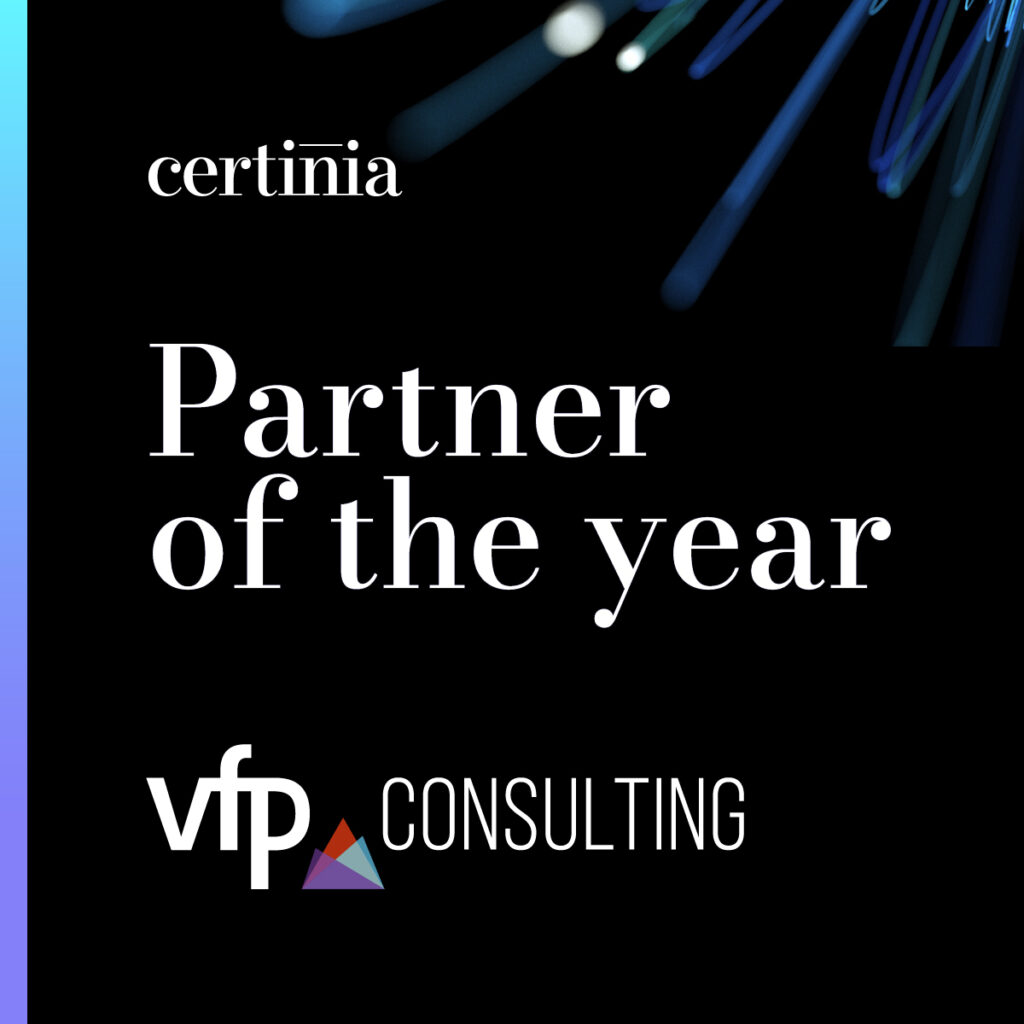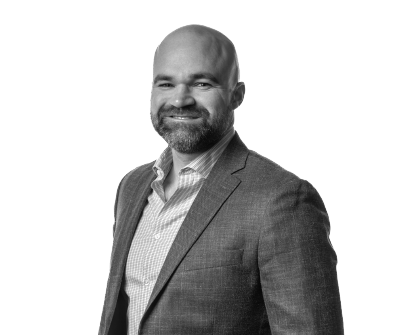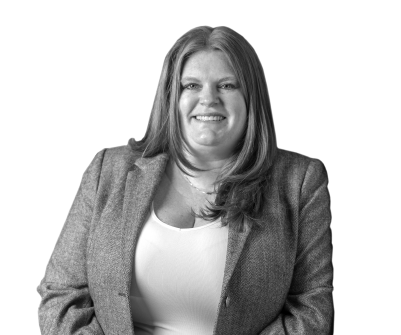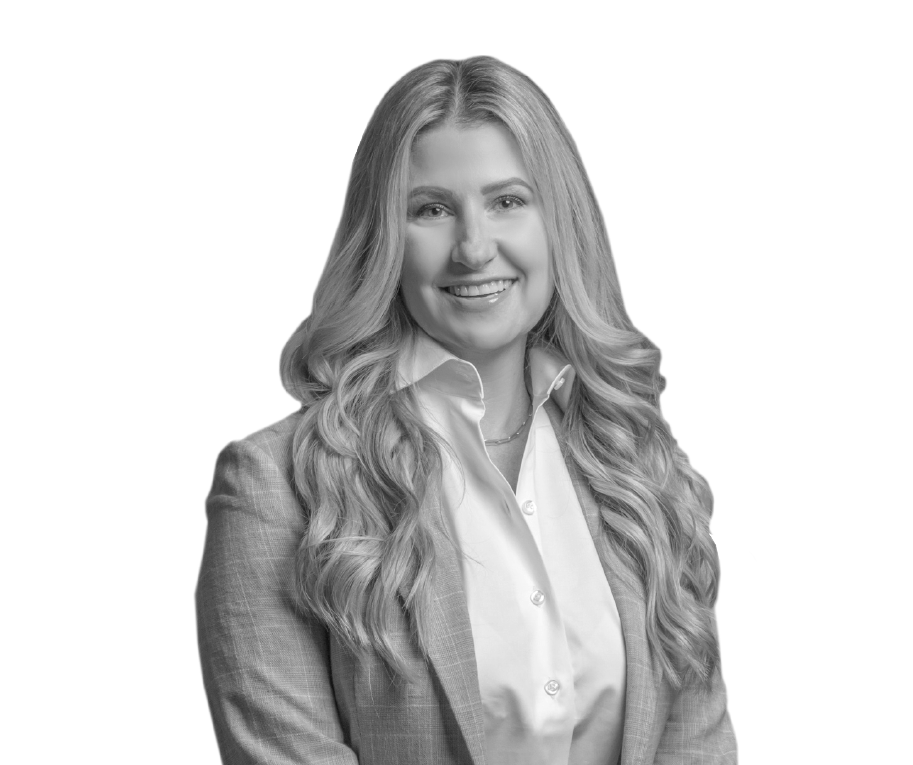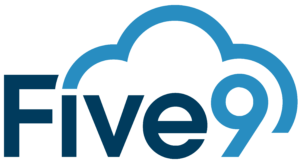What’s next in your post-go-live journey? Learn how to align your product roadmap with your business objectives and ensure success after going live.
Transitioning from one system to another can often feel daunting, filled with potential roadblocks and uncertainty. But when done right, it can be a smooth, seamless process that enhances efficiency and sets your business up for long-term success.
So, what’s the secret to ensuring this kind of flawless transition?
Today, we’re pulling back the curtain and diving into our “bag of tricks” to reveal how we help customers navigate this critical shift confidently and efficiently.
The key to a successful transition at VFP is meticulous planning and dedicated support throughout every process phase. One of the most crucial elements of our approach is starting post-Go-Live planning early—ideally, as soon as the implementation begins. Waiting until the final stages is a mistake that can lead to delays and complications. We help our clients ensure a smooth journey through system change and beyond by integrating long-term support strategies from day one.
“Our customers are eager to learn from the experiences of others, and this plays a crucial role in our daily work. When they inquire about what other clients have done, we leverage our diverse range of partnerships to share valuable insights and lessons learned.”
Greg Plaisance, Managing Consultant at VFP Consulting
Planning Post-Go-Live Support Early
At VFP, we start every project with a Current State Review followed by a Future State Design. This sets the foundation for what the client’s processes and systems will look like after implementation. Once the future state is agreed upon, we immediately identify the resources supporting these processes post-Go-Live. For instance, if a client implements a Professional Services Automation (PSA) tool, we work with them to determine and identify who will manage critical functions such as project setup, billing, and time management.
The goal is to ensure that each process has a designated support resource. Ideally, this person will have both technical and practical experience with the specific business functions they will support. For example, when implementing a financial or accounting system, it’s essential that the support team understands accounting principles. This prevents unnecessary time spent explaining core concepts and accelerates problem resolution.
By planning early support, we eliminate many of the common pain points organizations face after go-Live, ensuring they have the right people to keep things running smoothly.
“One of the key benefits of SaaS is the continual addition of value throughout its lifecycle. It’s essential to take advantage of every release by understanding upcoming capabilities and aligning them with your evolving business objectives. This ongoing process should ultimately lead to a roadmap for the features and improvements you plan to deploy.”
Todd Kisaberth, Chief Customer Office at Certinia
Driving System Adoption: Gaining Executive Buy-In
A system is only as successful as its adoption across the organization. One of the most significant challenges we often face post-implementation is ensuring that end-users embrace the new system. The first step toward overcoming this challenge is securing executive sponsorship early on. Gaining the support of key executives who understand both the business objectives and the role of the new system within those objectives is essential.
We address their needs and concerns by involving key stakeholders in every phase. When executives buy into the system and the process, their enthusiasm filters down throughout the organization, fostering broader adoption. Tailored training during the implementation phase also helps prepare end-users, ensuring they are comfortable with the new processes and understand the system’s benefits.
Our approach keeps simplicity in mind throughout the entire design process. A straightforward system is far easier for users to adopt, reducing friction and minimizing the learning curve.
Addressing Concerns Post-Go-Live: Hypercare and Beyond
The period immediately after Go-Live is often the most stressful for any business as the system shifts from development to daily use.
At VFP, we address this by offering hypercar—dedicated support from the implementation team for a defined period, typically through the first one to two month-end close cycles. This team is on hand to resolve issues, whether fixing data, answering user questions, or troubleshooting bugs.
Once hypercare ends, we transition clients to our continuous support mode (Advisory Services). While the level of support is reduced from the hypercare phase, our Advisory Services remain available to assist with ongoing system needs. We also communicate regularly with users to keep them informed of any changes and help them adjust their workflows accordingly.
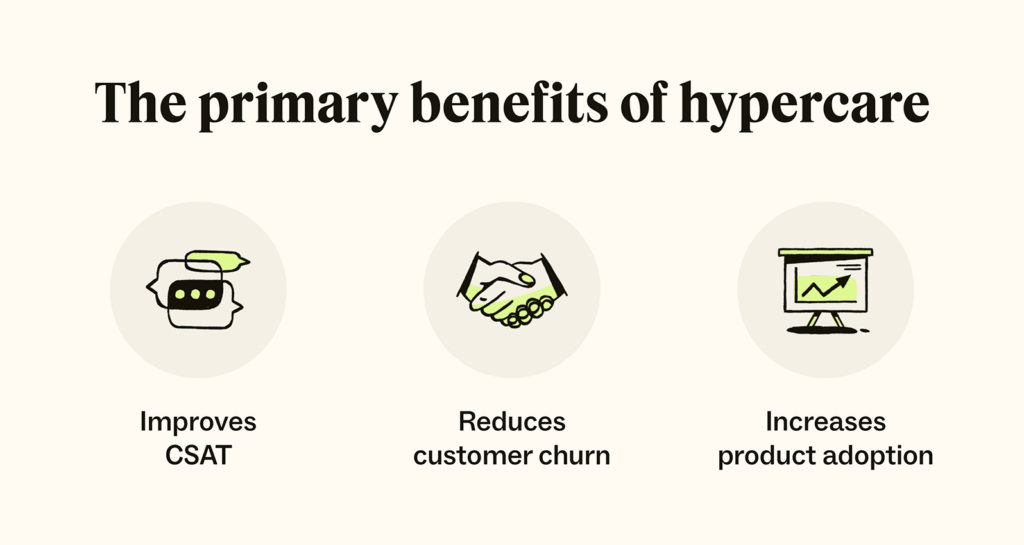
Prioritizing Enhancements Post-Implementation
As clients settle into using their new system, new priorities and challenges inevitably emerge. Whether we handled the initial implementation or are coming in afterward through our Advisory Services, VFP takes a hands-on approach to understanding the client’s system and business processes. We conduct an entire CSR and FSD to understand where the business is currently and where it wants to go.
This knowledge allows us to provide tailored recommendations for enhancements, whether they involve utilizing the latest Salesforce or Certinia features, improving business processes, or reducing technical debt. Our embedded approach minimizes the gap between identifying an issue or enhancement and delivering a solution since there is no need for a lengthy knowledge transfer every time.
“We still use our gut! But we use our gut to make decisions based on the data”
The Journey is Just Beginning
Our mantra at VFP is that Go-Live is not the end of the journey—it’s just the beginning. Systems are flexible, and with the proper planning, support, and partners in place, businesses have a wide range of options to adapt and grow. We ensure our clients can confidently navigate their system transformations by starting the conversation about post-Go-Live support from the outset, securing executive buy-in, and providing dedicated support during and after the transition.
Ultimately, the key to a smooth transition is proper planning, continuous support, and a commitment to generating long-term value from the new system.
At VFP, we’re here to guide our customers every step of the way.
